I am currently studying Ultrasonic transducers – Materials and design for sensors, actuators and medical applications by Kentaro Nakamura. Chapter 1.2.2 Piezoelectricity says the following:
Piezoelectricity means electricity derived from pressure (Moulson and Herbert, 2003: 339-410). Thus, the direct piezoelectric effect, defined by the Curie brothers and illustrated in Fig. 1.4(a), is the generation of electricity from pressure, and the converse piezoelectric effect is the generation of pressure from electricity, shown in Fig. 1.4(b).
I'm a novice to electronics, so I'm not totally sure what's being depicted in these circuit diagrams of figure 1.4. I know that the circles with the positive and negative ends are voltage sources, and I know that \$P\$ is the polarisation. So what is being depicted in these circuit diagrams of figure 1.4
